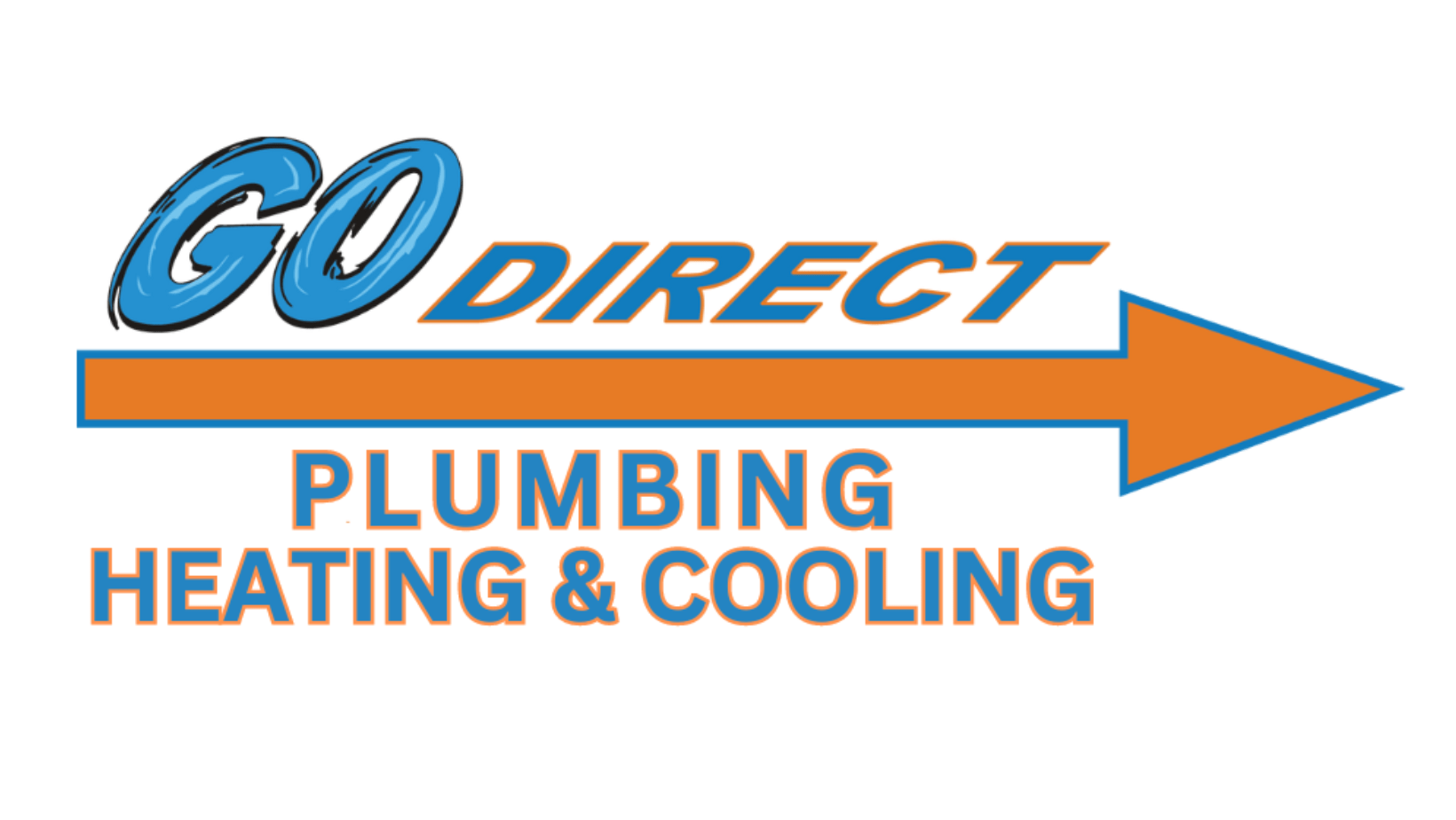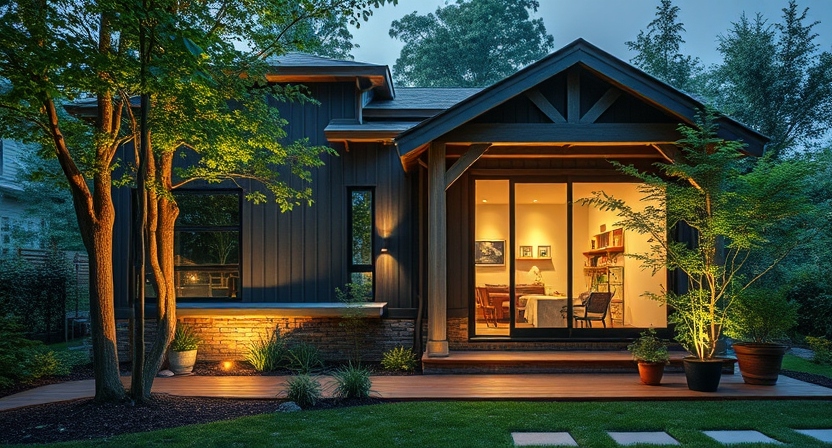The world is shifting towards sustainability, and the residential sector is no exception. Homeowners increasingly seek eco-friendly, cost-efficient solutions to manage their plumbing and HVAC systems. As we step into a future defined by climate consciousness and energy efficiency, let’s explore the trends and technologies shaping the residential plumbing and HVAC landscape.
The Drive Towards Sustainability
Why is sustainability becoming a priority? Rising energy costs, stringent regulations, and growing environmental awareness are prompting homeowners to adopt greener practices. For the plumbing and HVAC industries, this means integrating innovative technologies and materials that reduce energy consumption, water waste, and carbon emissions.
Emerging Trends in Plumbing
- Water-Efficient Fixtures: Modern faucets, showerheads, and toilets with low-flow designs significantly cut water usage without compromising performance.
- Smart Water Systems: IoT-enabled systems detect leaks, monitor water quality, and provide real-time data to homeowners, enhancing water conservation efforts.
- Greywater Recycling: Systems that reuse water from sinks, showers, and laundry for irrigation are gaining popularity, reducing household water demand.
- Sustainable Materials: Piping made from recycled or eco-friendly materials like PEX and copper aligns with green building standards.
Innovations in HVAC
- Energy-Efficient Systems: Heat pumps, variable-speed compressors, and zoned HVAC systems reduce energy usage while maintaining comfort.
- Smart Thermostats: Devices like Nest or Ecobee optimize heating and cooling schedules, cutting energy bills and minimizing environmental impact.
- Geothermal Heating and Cooling: Leveraging the earth’s consistent underground temperatures, geothermal systems provide an efficient, sustainable alternative to traditional HVAC.
- Air Quality Management: Advanced filtration systems and air purifiers improve indoor air quality, a critical aspect of sustainable living.

The Role of Maintenance in Sustainability
Routine maintenance is vital for extending the lifespan and efficiency of plumbing and HVAC systems. Services like annual inspections, cleaning, and timely repairs ensure optimal performance, preventing costly breakdowns and energy wastage. For instance, replacing clogged air filters or fixing minor leaks can have a significant cumulative impact on sustainability.
Incentives for Going Green
Governments and utilities are encouraging sustainable upgrades through tax credits, rebates, and incentives for energy-efficient appliances and systems. Homeowners should explore these programs to offset initial investment costs and accelerate their return on investment.
The Business Opportunity
For professionals in the plumbing and HVAC industries, this sustainability trend represents a massive opportunity. Companies that offer eco-friendly solutions, prioritize customer education, and highlight long-term cost savings can position themselves as market leaders.
Conclusion
Sustainable plumbing and HVAC solutions are not just a trend but a necessity in today’s residential market. By adopting innovative technologies, practicing proactive maintenance, and leveraging available incentives, homeowners and professionals alike can contribute to a greener, more efficient future. As we move forward, the demand for sustainable solutions will only grow—are you ready to embrace the future?
marketing@godirectservices.com
#Sustainability #EnergyEfficiency #EcoFriendlyHomes

